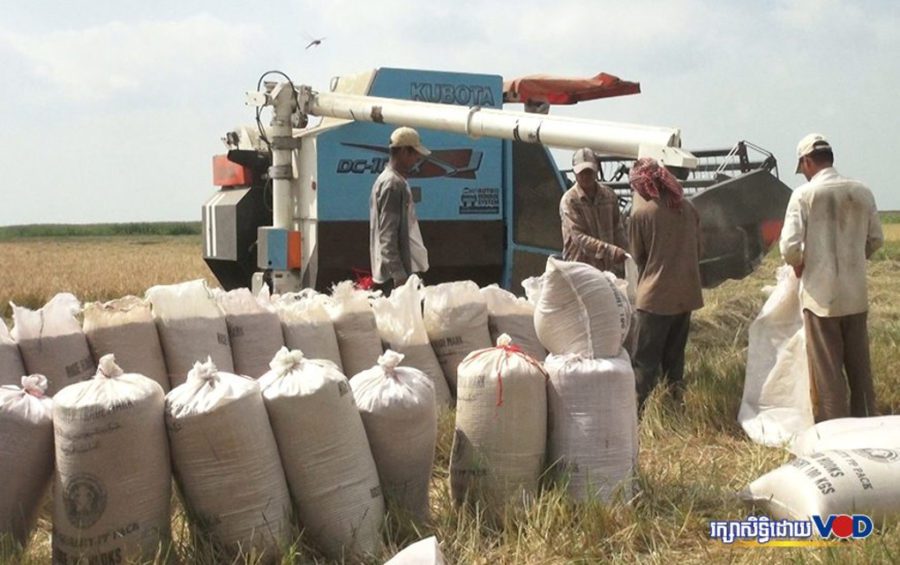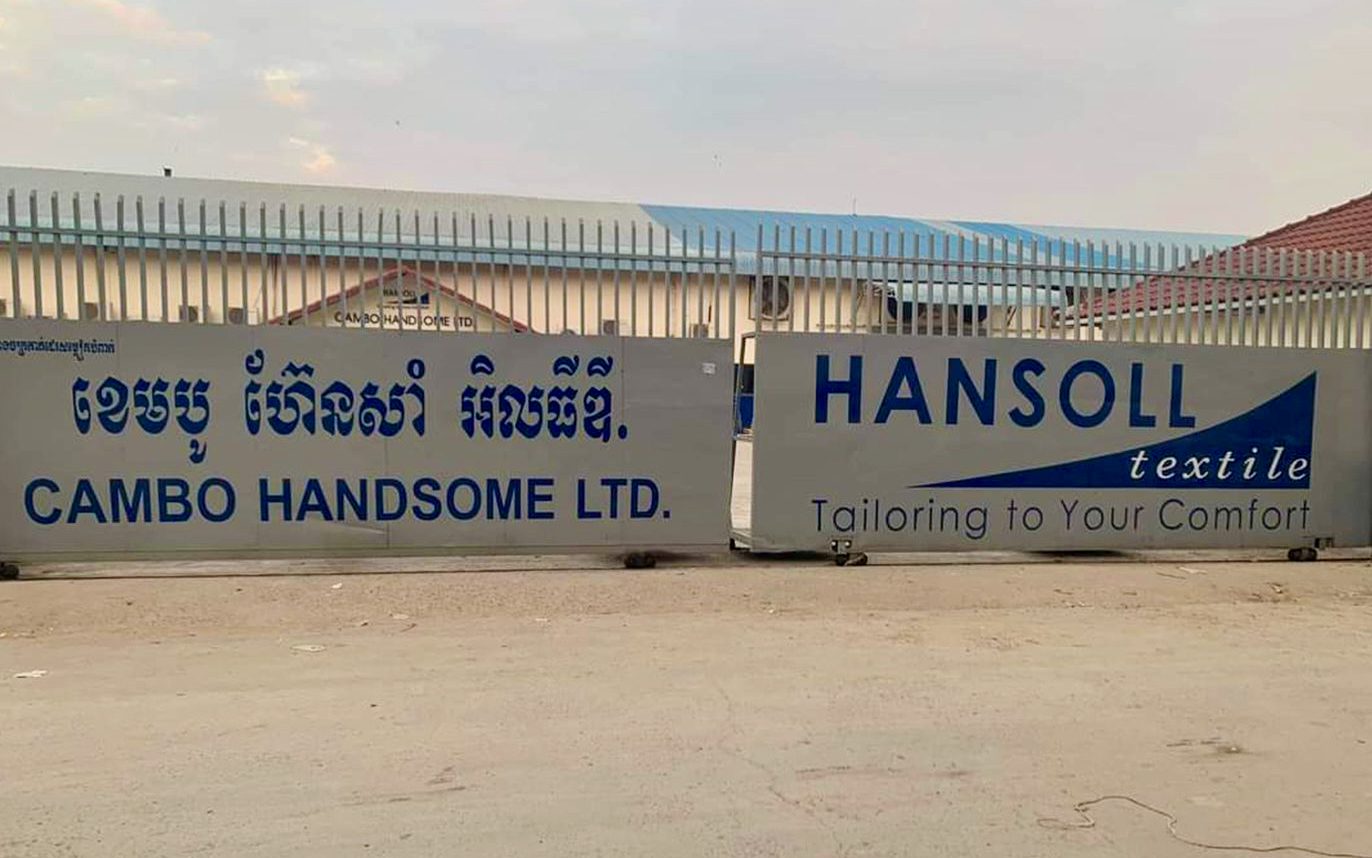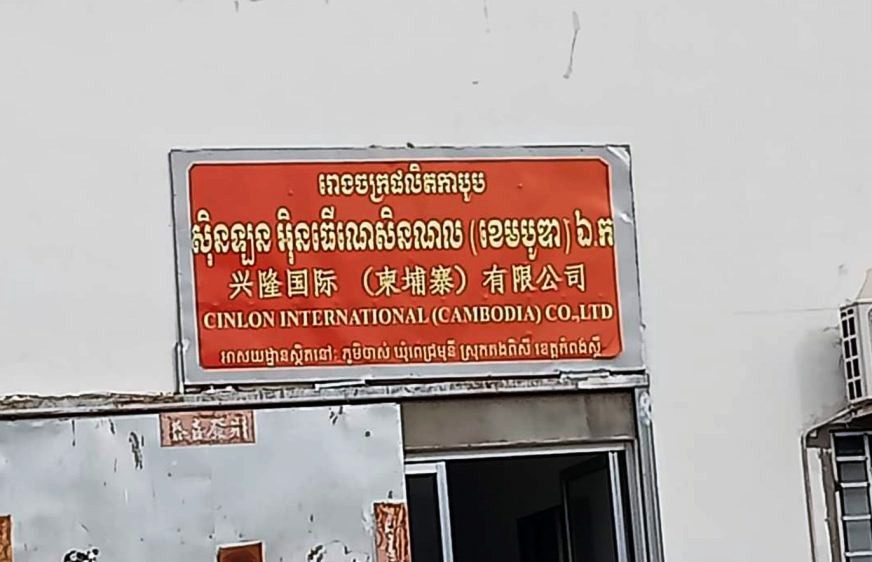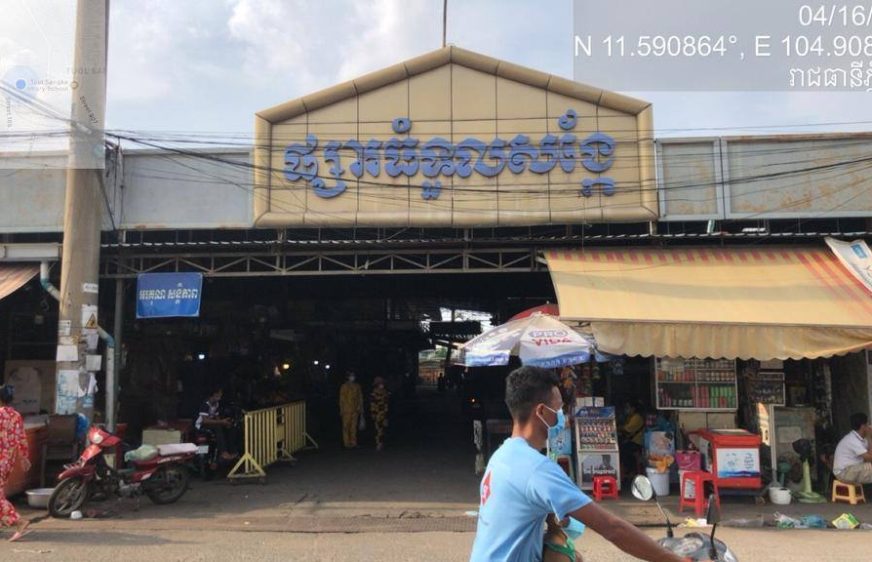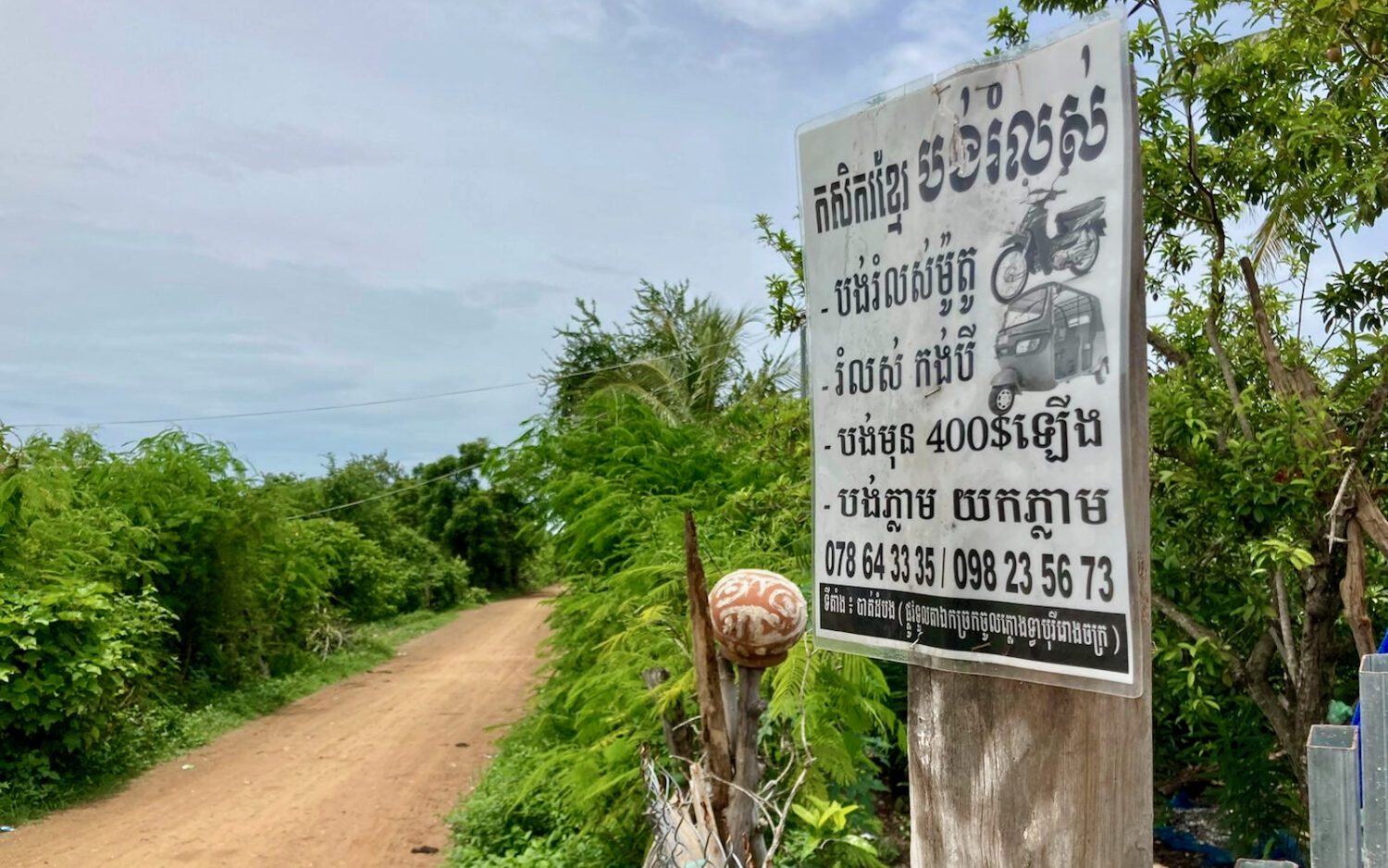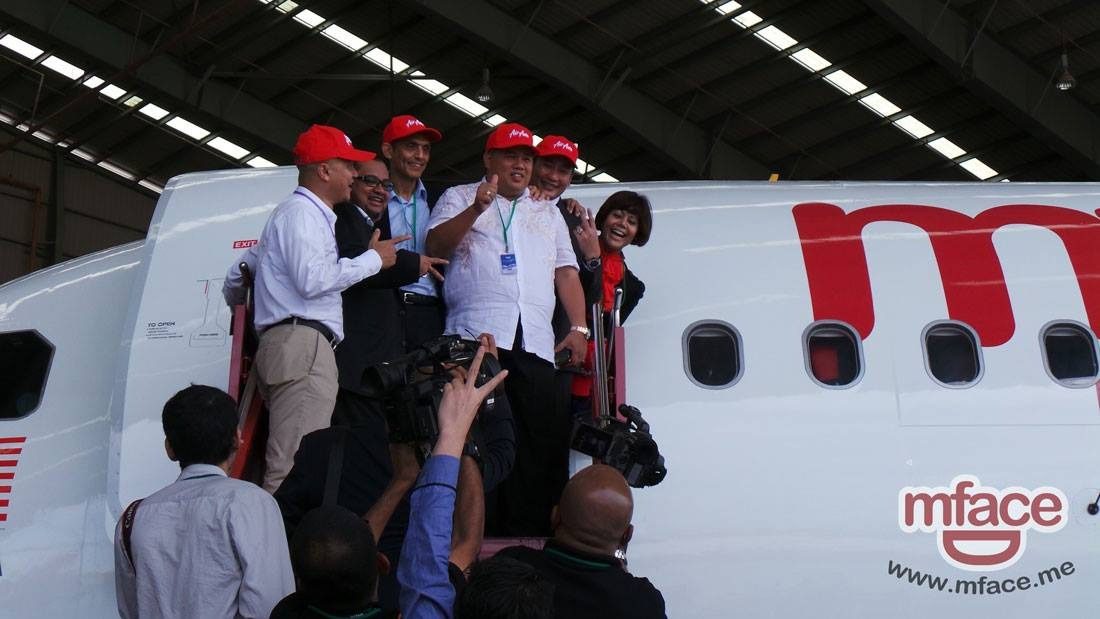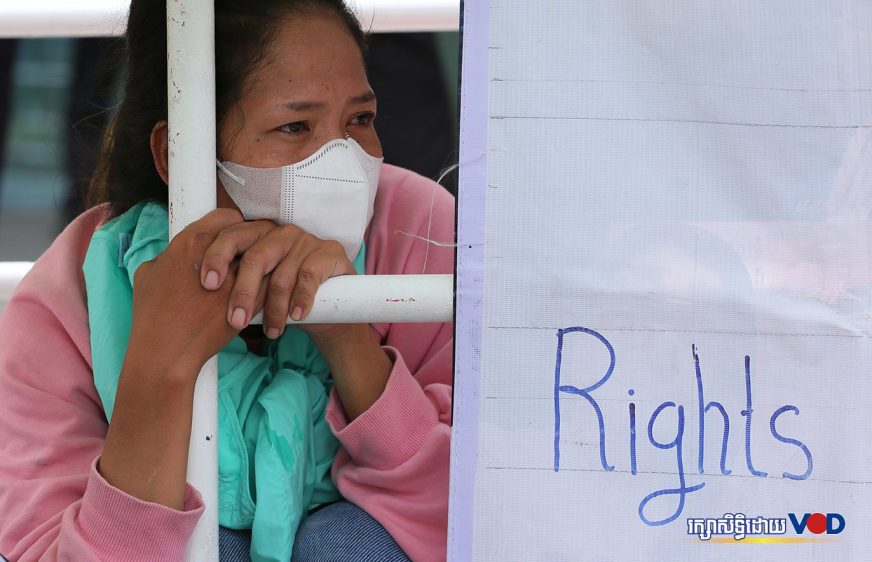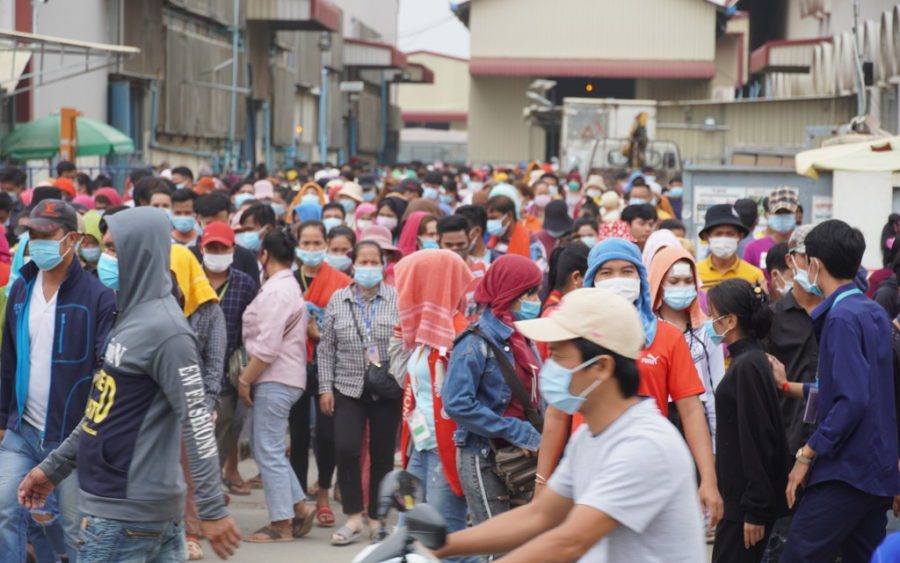Cambodia and China on Monday signed a long-awaited free trade deal, as industry observers said it could be a boon for agricultural investment and seen as a major policy achievement, while others spoke of the need for wider reforms to make Cambodian exports competitive.
Prime Minister Hun Sen and Chinese Foreign Minister Wang Yi signed the deal — Cambodia’s first bilateral FTA — two months after the government announced it had finalized the agreement. Exact details have yet to be released, but officials have said it offers duty-free trade on more than 10,000 products, with a focus on Cambodian agricultural products and sending partially assembled goods to Cambodia for finishing.
Pen Sovicheat, a spokesperson for the Commerce Ministry, said the government is hoping to increase Cambodia’s exports to China by 25 percent after the deal goes into effect.
Cambodia’s bilateral trade with China has already been on that track, increasing about 25 percent between 2016 and 2017, and another 22 percent between 2017 and 2018.
The spokesperson said the two governments had hoped to reach $10 billion in bilateral trade by 2023, and the new deal could push this even further. “We expect to have better results after the entering into force of this FTA,” he said in a message.
Sovicheat added that the deal aimed to diversify Cambodia’s economy — which is currently heavily reliant on the garment, tourism and real estate sectors and thus prone to economic shockwaves like the Covid-19 pandemic.
Sovicheat would not provide the details of the deal or the list of products included, but an article from the government’s Agence Kampuchea Presse said talks on Monday looked at removing barriers related to shipping Cambodian rice and boosting the exports of fish, mango, durian, longan, pepper and sugar.
The government has pumped about $100 million into irrigation and another $50 million into smallholder farmer loans as it looks to the agricultural sector to carry the country through the global pandemic crisis.
However, only 1 percent of Cambodia’s $3.7 billion in FDI last year went toward agriculture, according to the World Bank. The bank said that agriculture’s contribution to GDP last year decreased for the first time since 2004, noting that the industry’s “weak performance” would not bode well for economic recovery.
Sovicheat said the bilateral agreement with China, as well as deals under discussion with South Korea and other countries, should lead to new FDI in the sector.
Hungry for Investment
Song Saran, president of the Cambodia Rice Federation, said the main appeal of the China deal was the investment it might attract, as Chinese investors had already expressed interest in improving logistics, infrastructure and processing.
About half of Cambodia’s annual production of around 10 million tons of paddy rice is surplus, according to Agriculture Ministry figures cited by Xinhua, an opportunity for investors when the country’s milled rice exports totaled only 620,000 tons last year.
“The Cambodia-China FTA is a door to allow Chinese investors to invest in the rice sector, with modernizing processes of value-added rice production in Cambodia and export back to China,” Saran said.
The rice industry group has already been focusing on the Chinese market for the past five years, he said.
China received the largest portion of Cambodian rice exports in the first nine months of this year — some 37 percent. But China still has room to absorb more rice from the Cambodian market, Saran said, citing the country’s large population, consumers’ rising incomes and demonstrated interest in Cambodian rice.
By contrast, the European rice market was limited because it was already occupied by strong players like Thailand and Vietnam — even before the E.U. slapped tariffs onto Cambodian rice in January 2019, he said.
“We can’t grow more [there] but we can grow elsewhere. China is the main driver of Cambodia’s future for the rice sector,” Saran said.
Nir Atzmon, a consultant with expertise in agricultural companies and land concessions in Cambodia, said the free trade deal was only one piece of making Cambodian exports competitive.
A lack of infrastructure, funding, small farms, high transportation and energy costs, and inexperience among farmers in producing high quality goods for international markets remained further obstacles, he said.
Opening new markets could “stimulate the farming sector,” but the government could also help by removing export taxes, subsidizing electricity and investing further in infrastructure, Atzmon said.
“So far the most agricultural products are sold in the local markets. Therefore, the quality is low and the production capacity is very limited,” he said in an email. “Opening new markets will bring new opportunities for fresh agriculture production as well as for processed products and some new industries.”
Transshipment Concerns
Cambodian manufacturing could also benefit from the deal as the country imports more partially assembled products from China, which would be finished here and exported elsewhere.
Oh Yoon An, an assistant professor focusing on Southeast Asia’s economic development at Seoul National University, said production chains backed by Chinese manufacturing have helped Southeast Asian economies.
“Vietnam is the prime example,” Oh explained in an email. “Vietnam is the top trading ASEAN partner for China and has the largest trade deficit with China in the region. Yet forming a regional production network with China allowed Vietnam to dramatically increase its export to the US and as a result Vietnam has a huge trade surplus with the US and has a more or less balanced trade account as a whole.”
However, there is a thin line separating genuine partial assembly and transshipment, or passing products that were assembled or nearly-assembled in one country through another in order to gain better tariff rates, said Robert Thommen, customs and border attache at the U.S. Embassy in Bangkok.
Last year, the U.S. fined several Cambodia-based firms in the Chinese-Cambodian joint venture Sihanoukville Special Economic Zone for transshipment.
“We have the finished products [that are] also being transshipped, but they’re also being produced in a country and they comingle with originating goods,” Thommen said. “So you have the legitimate, originating goods, and then you have also transshipped goods comingled into the same containers, and we’re looking at that as well.”
Political Advantage
Seoul National University’s Oh said the newly inked free-trade deal holds just as strong a political advantage as an economic one.
“Politically, an FTA certainly marks a close relationship between two countries, and this FTA will help the Cambodian government in that an FTA with a major country like China can be pointed at as a major economic policy achievement, especially amid the economic recession in the year of global pandemic,” she said.
Hun Sen emphasized the friendship between the two countries in a speech before signing the deal, claiming that the economic relationship with China would outlast relationships with the E.U., which partially withdrew “Everything But Arms” duty-free trade access on August 12 due to human and labor rights’ issues.
“EBA is [tax-free benefits] for poor countries,” he said. “If the country becomes more developed, the European countries will withdraw the preferential system, but for the free trade agreement between Cambodia and China, it does not matter how developed the country is.”
Additional reporting by Sam Oudom


